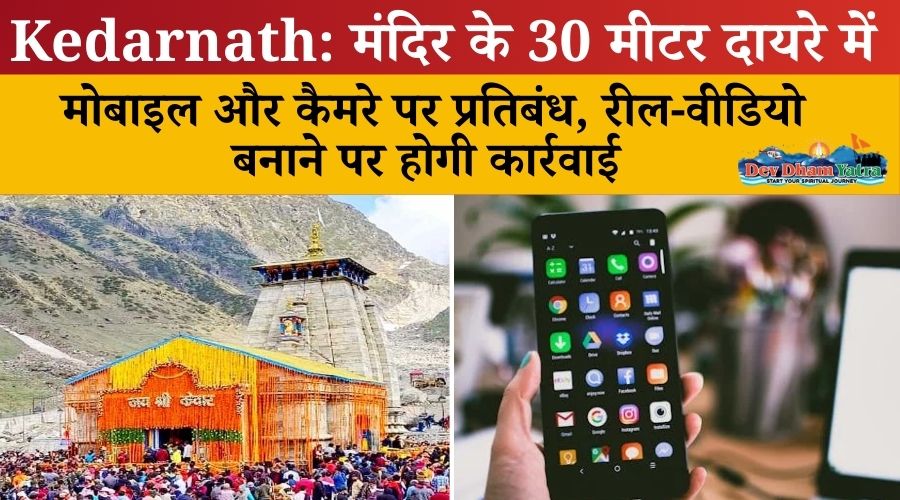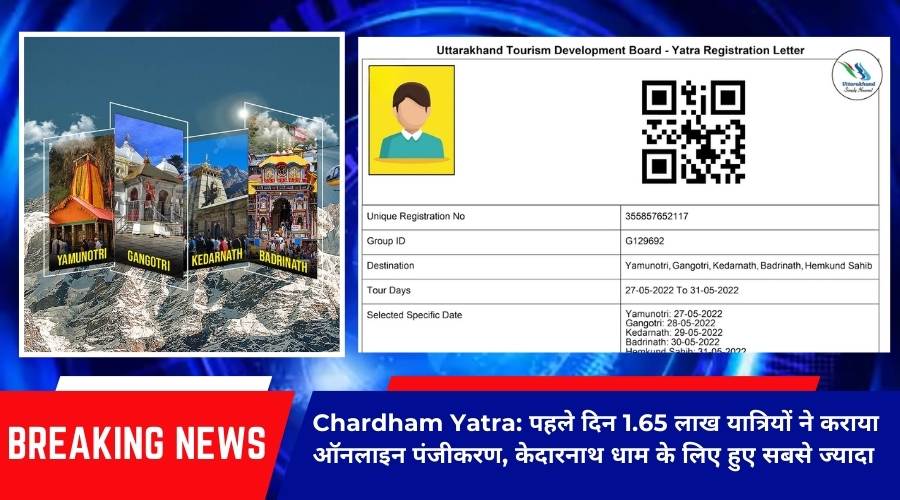Introduction About Aarti
Lord Ganesha, also known as Vinayaka, is a Hindu deity who is considered to be the remover of obstacles and the patron of arts and sciences.
Aarti is a devotional ritual performed in Hinduism in which light from wicks soaked in ghee (purified butter) or camphor is offered to one or more deities.
The aarti ritual is often performed as a way to show devotion and to seek blessings from the deity.Lord Vinayaka is a very popular deity in Hinduism, and his aarti is considered to be an important ritual for many Hindus.
The aarti is believed to help devotees connect with Lord Vinayaka and seek his blessings and protection. It is also believed to bring peace, prosperity, and good fortune to those who perform it with devotion and sincerity.
In addition to its spiritual significance, the aarti ritual is also an important cultural and social event in Hindu communities. It is often performed during festivals and special occasions, and is an opportunity for devotees to come together and show their devotion to Lord Vinayaka.
Overall, the aarti of Lord Vinayaka is an important devotional ritual that is believed to bring spiritual benefits and blessings to those who perform it with devotion.
When To Do Lord Vinayaka Aarti?
Lord Vinayaka aarti can be performed at any time as a devotional ritual. However, it is typically performed at specific times or on specific days, such as:
- On the occasion of Ganesha Chaturthi, which is a festival dedicated to Lord Ganesha and is celebrated every year on the fourth day of the Hindu lunar month of Bhadrapada (August or September).
- On Wednesdays, which are considered to be auspicious days for worshipping Lord Vinayaka.
- Before embarking on a new venture or undertaking, as Lord Vinayaka is considered to be the remover of obstacles.
- During the morning and evening puja (worship) rituals.
It is also common for Hindus to perform the aarti of Lord Vinayaka as part of their daily devotional practices at home.It is important to note that there are no strict rules or regulations regarding when the aarti of Lord Vinayaka should be performed. Ultimately, the decision to perform the aarti and the frequency with which it is performed is a personal matter and depends on the individual’s devotion and belief.
Lord Vinayaka Aarti
Om OM Om…
Vakra-Tunndda Maha-Kaaya Suurya-Kotti Samaprabha
Nirvighnam Kuru Me Deva Sarva-Kaaryessu Sarvadaa!!
Ommm…..
Om Gan Ganapataye Namo Namah
Shri Shidhivinayak Namo Namah
Astavinayak Namo Namah
Ganapati Bappa Moraya..
Mangal Moorti namo Namah -2
Om Gan Ganapataye Namo Namah
Shri Shidhivinayak Namo Namah
Astavinayak Namo Namah
Ganapati Bappa Moraya..
Mangal Moorti namo Namah–2
Sukhakarta Dukhaharta Varta Vighnachi
Nurvi Purvi Prema Kripa Jayachi
Sarvangi Sundara Uti Shendurachi
Kanthi Jhalake Maala Muktaphalanchi
Jai Deva Jai Deva Jai
Jai Dev Dev Jai Mangalamurti
Darshanamatre Manakamana Purati..
Jai Dev Jai Dev Jaidev Jai dev Jai Mangalmurti
Darshanamatre Manakamana Purati..Jaidev Jaidev
Ratnakhachita Phara Tuja Gaurikumara
Chandanachi Uti Kumkumkeshara
Hire Jadita Mukuta Shobhato Bara
Runjhunati Nupure Charni Ghagaria
Jai Deva…2
Jai Dev Dev Jai Mangalamurti
Darshanamatre Manakamana Purati..
Jai Dev Jai Dev Jaidev Jai dev Jai Mangalmurti
Darshanamatre Manakamana Purati..Jaidev Jaidev
Lambodara Pitambara Phanivara Bandhana
Sarala Sonda Vakratunda Trinayana
Daasa Ramacha Vaata Pahe Sadana
Sankati Pavave Nirvani Rakshave Suravaravandana
Jai Deva Jai Deva Jai Mangalamurti
Darshanamatre Manakamana Purati
Jai Dev Dev Jai Mangalamurti
Darshanamatre Manakamana Purati..
Jai Dev Jai Dev Jaidev Jai dev Jai Mangalmurti
Darshanamatre Manakamana Purati..Jaidev Jaidev
Shendur laal chadhaayo achchhaa gajamukha ko
Dondil laal biraaje sut gaurihar ko
Haath liye gud ladduu saaii soorvar ko
Mahimaa kahe na jaay laagat huun pad ko
Jai Dev jai Dev
Jai jai jii ganaraaj vidyaasukhadaataa
Dhany tumhaaro darshan meraa mann ramataa
jai dev jai dev …-2
Astha sidhi dasi sankat ko bairi
Vighan vinashan mangal murat adhikari
Koti suraj prakash aise chavi teri
Gandasthal Madmastak jhool shashi behari
Jai Dev jai Dev
Jai jai jii ganaraaj vidyaasukhadaataa
Dhany tumhaaro darshan meraa mann ramataa
jai dev jai dev…-2
Bhaavabhagat se koi sharaNaagat aave
Santati sampatti sabahii bharapuur paave
Aise tum mahaaraaj moko ati bhaave
Gosaaviinandan nishidin gun gaave
Jai Dev jai Dev
Jai jai jii ganaraaj vidyaasukhadaataa
Dhany tumhaaro darshan meraa mann ramataa
jai dev jai dev…-2
Jai dev jai dev
Jai mangal murti
Darshan matre maan kamana purti
Jai dev jai dev …-2
Top of Form
What Priest Do In Lord Vinayaka Aarti
In Hinduism, the aarti ritual is typically performed by a priest or a devotee who has been trained in the proper method of performing the ritual. The aarti of Lord Ganesha typically involves the following steps:
- The priest or devotee lights a lamp or a series of lamps, using ghee (purified butter) or camphor as fuel.
- The priest or devotee then offers flowers, incense, and other offerings to the deity.
- The priest or devotee waves a small plate or a plate with a small lamp on it around the deity, while singing devotional songs or chanting mantras.
- The priest or devotee may also offer food or other items as prasad (sacred food that has been offered to the deity) to the devotees present.
- The aarti ritual is usually concluded by the priest or devotee touching the plate or lamp to the forehead of the devotees present, as a blessing.
It is important to note that the specifics of the aarti ritual may vary depending on the region, tradition, and specific temple or shrine. Some variations may include the use of different offerings, the inclusion of additional rituals, or the use of different devotional songs or mantras.
What products do we need in aarti thali while praying Lord Vinayaka?
The items that are typically included in an aarti thali (plate) for Lord Vinayaka may vary depending on the region and tradition. However, some common items that may be included are:
- A lamp or multiple lamps, fueled by ghee (purified butter) or camphor, to be lit during the aarti.
- Flowers, such as marigolds or roses, to be offered to the deity.
- Incense sticks, to be lit and offered to the deity.
- A small plate or bowl for holding the offerings, which may be decorated with flowers or other decorative elements.
- Coconut, which is considered to be a sacred offering in Hinduism and may be broken and offered to the deity.
- Fruits, such as bananas or mangoes, which may be offered to the deity as prasad (sacred food that has been offered to the deity).
- Akshat (unbroken rice grains), which may be offered to the deity as a symbol of prosperity and abundance.
- A small bell, which may be rung during the aarti to signal the beginning and end of the ritual and to attract the attention of the deity.
- A small cup of water, which may be used to perform the abhishekam (ritual bathing) of the deity.
It is important to note that the specific items included in the aarti thali may vary depending on the individual’s personal preferences and the specific traditions followed.
Conclusion
The conclusion of the Lord Ganesha aarti, also known as the Vinayaka aarti, typically includes a prayer for blessings and a request for Lord Ganesha’s presence and guidance. The exact words of the conclusion may vary depending on the specific version of the aarti being recited.




















